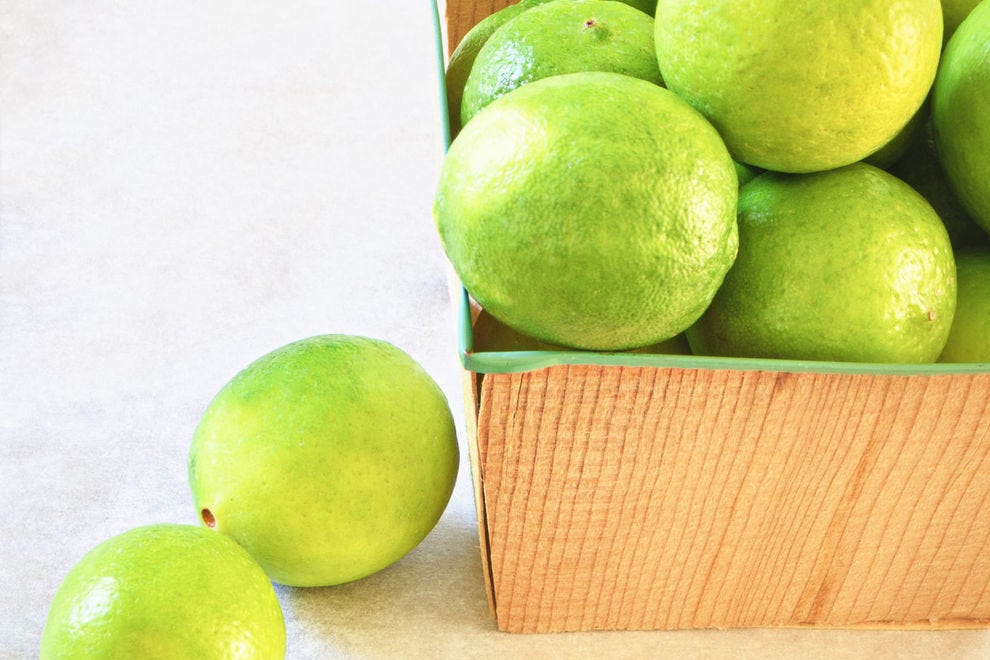Some of the world’s best-selling crops run a deep bench when it comes to the wide range of varieties available within the titular umbrella. Centuries of human cultivation and millennia of natural selection have resulted in dozens of different fruits each carrying the same name.
From grapes to lemons, and even mangoes, these are the most beloved (and most delicious!) singular subtypes of each.
Alphonso mangoes
 Alphonso mangoes grown in India — Photo courtesy of iStock / santhosh_varghese
Alphonso mangoes grown in India — Photo courtesy of iStock / santhosh_varghese
Unlike the readily available mangoes imported primarily from Mexico, Central and South America, which sometimes possess a fibrous, stringy texture, Alphonsos are downright creamy. It’s not that Alphonsos taste different, per se, but that they taste indelibly more intense. Imagine an entire fruit’s worth of flavor concentrated down into each and every bite.
The fruit was banned from import to the United States in 1989 over fears that crop-killing pests were hitching rides into our country with every shipment. And while the ban was ultimately relaxed, confusion about the Alphonso’s status and controversy in its past have combined to mostly keep the fruit off of American shelves even today.
Meyer lemons
 Meyer lemons have an herbal flavor — Photo courtesy of iStock / MSPhotographic
Meyer lemons have an herbal flavor — Photo courtesy of iStock / MSPhotographic
When you think of a regular, run-of-the-mill lemon, you’re probably picturing Eureka and Lisbon varieties, depending on seasonality. Meyers, on the other hand, are smaller and more circular in size, and are marigold or even slightly orange in color on both the inside and out.
The aroma of the lemon is downright herbal, or even spicy, which pleasantly contrasts with the taste. Unlike everyday lemons that have an acidic bite, Meyers are sweet and smooth. If you’ve ever added fresh herbs – like say, basil – to your lemonade, then you might recognize a similar taste profile in the Meyer lemon.
Bosc pears
Bosc pears are in season fall through spring — Photo courtesy of iStock / BruceBlock
Unlike many of the fruits on this list that are restricted to narrow growing seasons or are simply not grown in the U.S., when it comes to pears, a plurality of options can readily be purchased year-round in most grocery stores.
One such option is the Bosc pear, which can be traced back to Belgian botanist Jean-Baptiste Van Mons, who is credited with creating the strain in 1807. Originally named the Calabasse Bosc, the name evolved over time to become first the Beurré (buttery) Bosc, before being shortened to simply the Bosc. And how buttery it is!
Bosc pears are known as much for their instantly recognizable teardrop shape and sandy brown color as they are for their pleasing texture, which seems to melt upon the tongue.
Arunachal Pradesh kiwis
 Kiwis served on the streets of India — Photo courtesy of iStock / Ranjit Talwar
Kiwis served on the streets of India — Photo courtesy of iStock / Ranjit Talwar
Largely hidden away from the world, theses kiwis are isolated to a mountainous state in the easternmost part of the country, cut off from trade via highway network, seaport or airport. Indian kiwi farmers produce a fruit that is acidic, crisp and juicy, and nutritionally quite dense.
The fruit’s unusual quality has even earned it the unique reputation among global kiwi producers for its uncanny ability to be fermented into wine.
Key limes
 Key limes from Florida — Photo courtesy of iStock / glasslanguage
Key limes from Florida — Photo courtesy of iStock / glasslanguage
Much like lemons, what we casually call limes are actually Persian limes. But there are a number of other notable varieties of limes beyond those two, including the kaffir, the Calamansi and the Australian desert lime. But here in the Western Hemisphere, we’re spoiled with a superior piece of citrus known as the Key lime (or sometimes, Mexican lime).
The smaller Key limes are noticeably more acidic, and seedier inside than everyday limes, but it’s the nose that really knows just how Key limes actually shine. Key limes are exponentially more aromatic than other varieties, with a scent so powerful that mouths water in their presence long before the fruit ever touches a single tongue.
